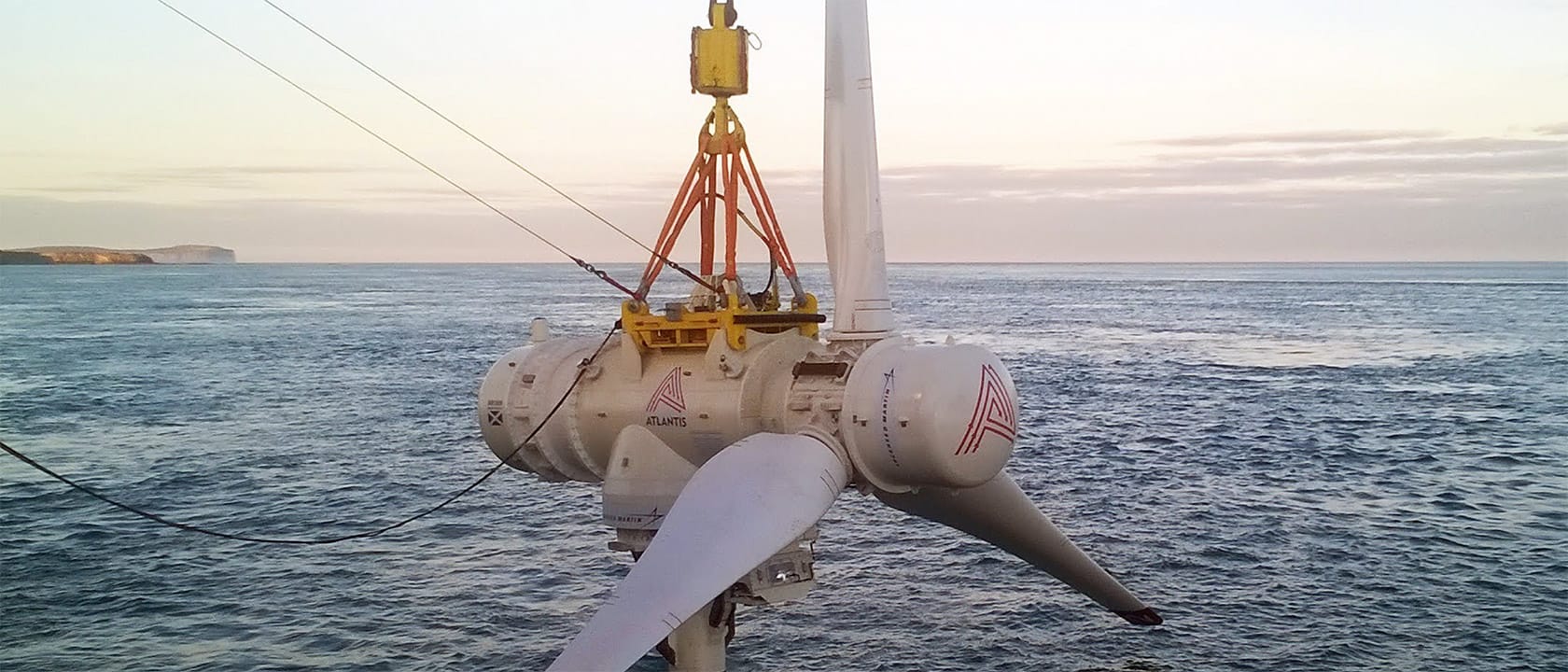Tidal Turbine Bearings and Seals
Critical components for successful long-term tidal turbine operation reach a major reliability milestone.

Consider how much energy is embodied in moving fluids. Images of giant turbines that harvest energy from the wind are everywhere, and depending on where you live and travel, you may have seen some yourself. Air is not the only naturally-occurring moving fluid, however.
Tidal currents also happen reliably in constricted passages, twice a day, thanks to the moon.
Turbines to harvest tidal current can therefore be a lot smaller than wind turbines, but there’s a catch. Seawater is a much harsher environment than the atmosphere, as those of us who are saltwater boaters can attest. Seawater corrodes nearly every human-made object put in it, and keeping salt water out of rotating machinery, like a turbine, is particularly challenging. Design and construction of turbines that can reliably operate in that environment has been a barrier to widespread adoption. One of the challenges is to robustly engineer seemingly mundane bits of machinery, like shaft bearings and seals, which are critical to the ongoing functioning of rotating tidal turbines.
SKF says that the bearings and seals have operated without unplanned maintenance or disruption for over six years. That is a very encouraging result.
Sometimes it’s not the big, flashy stuff that allows innovation to spread, but quiet and persistent attention to the engineering details that avoids failures.